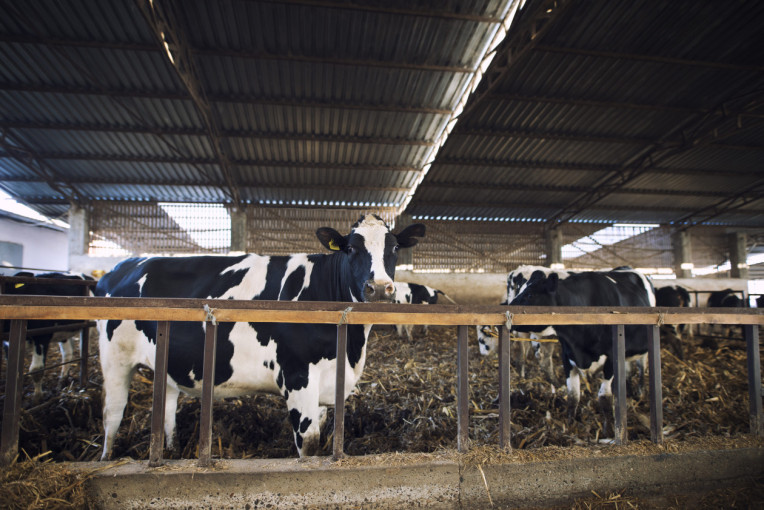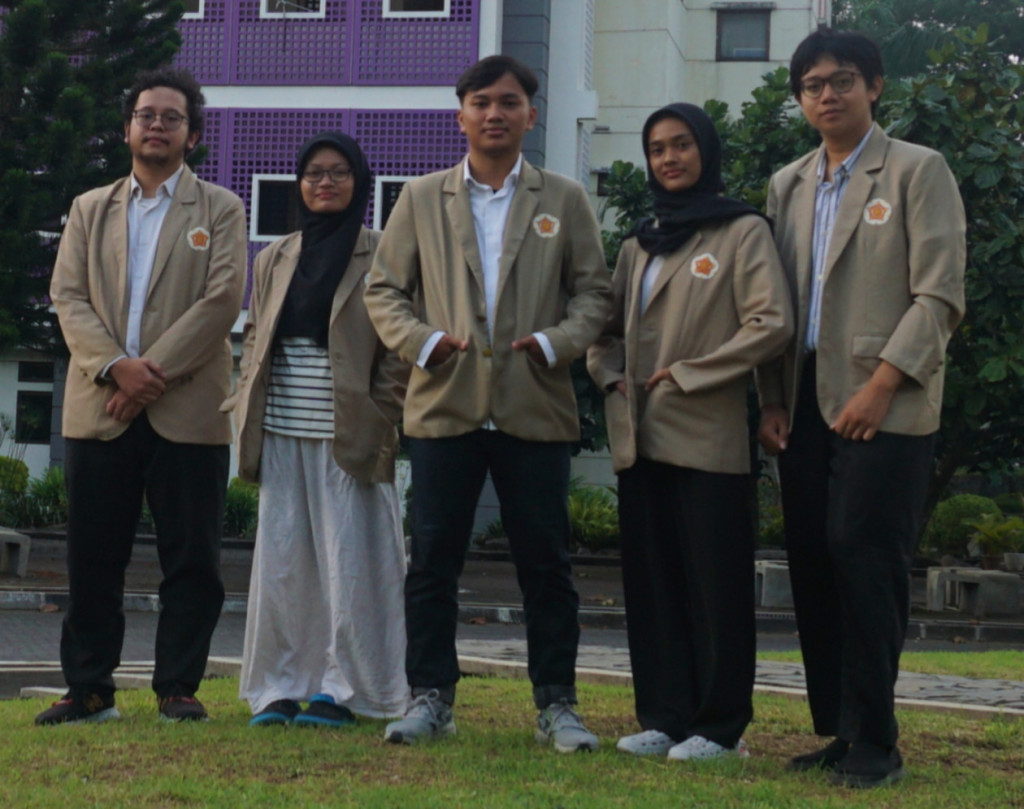
The government is intensifying efforts to prepare a domestic milk supply to support the free milk program for students nationwide, which was initiated by the newly elected president.
Domestic dairy farmers need many female calves to serve as replacement breeders to meet the demand for milk in this program, which could eventually reduce the country’s dependency on importing breeding cattle.
The availability of high-quality female calves would solve problems faced by dairy farmers. By increasing both the population and genetic quality, we would thereby boost national milk production.
In line with this goal, five interdisciplinary students, part of the Student Creativity Program for Intellectual Creation (PKM-KC), have successfully developed a tool that separates sperm carrying the gender traits of dairy cow offspring, allowing farmers to choose the desired sex of the calves.
The PKM-KC team, consisting of Diva Aurellia Mahsanabila (Veterinary Medicine 2021), Nuhita Aunilah (Biomedical Engineering 2021), Lukas Ivander Mario Andrean (Veterinary Medicine 2022), Farhan Rahmat (Instrumentation and Control Engineering Technology 2023), and Ahmad Aziz Adyatma Salman (Mechanical Engineering 2022), was guided by Dr. Agung Budiyanto, an expert in livestock reproduction.

The tool developed by the PKM-KC team, called “BoXing,” is still in the prototype stage but is already functional. This innovation is expected to be a breakthrough in the dairy industry, helping produce more female calves.
“The projected demand for milk in Indonesia requires innovations that can increase the efficiency of artificial insemination (AI) by using sperm from superior sires that have undergone separation so the gender of the offspring can be determined,” explained Diva Mahsanabila, the team leader.
The concept developed by the PKM-KC team involves sperm separation technology that utilizes the dielectric properties of sperm.
Female sperm have a larger head and thicker membrane than male sperm, which affects the response generated when exposed to an electric field.
In a non-uniform electric field, female (X) sperm and male (Y) sperm respond differently, with X sperm repelled from the electrode and Y sperm attracted to it.
“This difference in response is the primary principle behind sexing dairy cow sperm,” said Lukas Ivander, a team member.
Ivander further explained that the BoXing prototype applies a Dielectrophoresis-Microfluidic method integrated into a Lab-on-a-chip (LoC) system.
The PKM-KC team hopes the BoXing prototype will be further developed to increase the efficiency of the AI program and contribute to advances in veterinary science and technology.
This would assist stakeholders in separating sperm to produce the desired superior livestock offspring.
Author: Triya Andriyani

